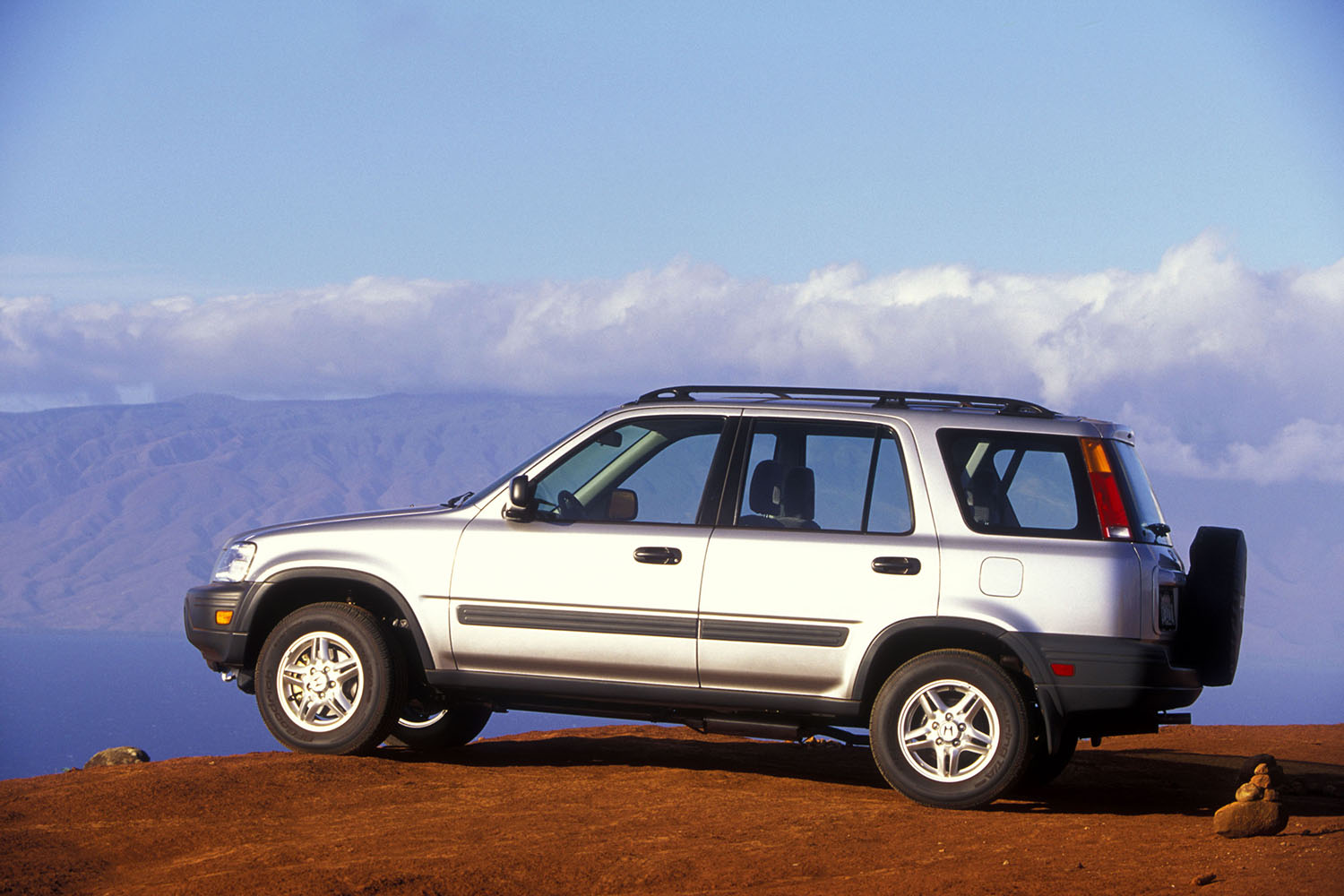Why Used-Car Prices Are Finally Dropping
Pre-owned vehicle values are finally showing a sustained downward trend in 2023.
 Honda
Honda
Article QuickTakes:
With a combination of recovering new-vehicle inventories, hefty hikes in interest rates driven by the U.S. Federal Reserve, and an inflation rise, demand for used cars has tapered.
In August 2023, consumer prices for new cars slid 1.2% over July, and they were down nearly 7% over the same period in 2022, according to figures released by the U.S. Bureau of Labor Statistics. Here's what happened and why used cars are generally cheaper in 2023 than they were in 2022.
How the Pandemic Helped Lead to Soaring Used-Car Prices
During the COVID-19 pandemic, a variety of circumstances contributed to rising used-car prices. Issues with manufacturing supply chains slowed new-car production. Consumers, some of them with extra cash thanks to government stimulus funds, encountered a lower-than-expected supply of new cars. Some vehicle buyers, unable to attain a new model, turned to the used market, but there, too, supply was smaller than usual. As a result, vehicle prices rose.
Meanwhile, online used-car vendors such as Carvana, Vroom, and Shift were seen by some car shoppers as an easy way to acquire vehicles during this period. Auto transactions could be conducted in minutes from the comfort — and safety — of home. However, those online vendors were in the same inventory fight as the dealerships, which also contributed to the rise in used-car prices.
Low interest rates on car loans likely also pushed some buyers toward making a purchase, intensifying competition for vehicles of all kinds, used cars included.
Used-Car Prices Finally Start to Drop
In late 2022, however, those low interest rates were much higher, reaching numbers not seen in years. Higher borrowing costs meant fewer people could justify such high used-car prices, thus decreasing demand and correspondingly curtailing values.
Furthermore, new-car prices had dropped as supply began to increase, and many auto dealers had substantial unsold inventories. As those dealers worked to offload their new stock, buying more new-vehicle inventory was out of the question, and some dealers started paying less for trade-ins during this time as well.
The Manheim Used Vehicle Value Index from Cox Automotive found that wholesale used-car prices dropped 2.7% from April to May 2023 and fell 4.2% in June. Cox also said the market had declined 11% year over year in May.
Where We Are Now With Used-Car Prices
In August 2023, Manheim, which operates major wholesale auctions open to dealers, reported that wholesale used-car prices were down 7.7% over the same period in the year prior. That drop in average used-car selling prices at auction gets passed on to consumers, too.
Compact cars such as the Kia Forte and Nissan Sentra saw a 13.3% decline in sales over August 2022, the industry's biggest. Pickups were down just 2.8%, the smallest decline.
If you're holding out for even more of a bargain, though, don't hold your breath. Manheim owner Cox Automotive said that used-car prices may hold relatively stable.
What to Know About Used-Car Prices as They Decline in 2023
While the drop in used-car prices is, generally speaking, good news for anyone looking to buy a used car outright, for someone who wants to finance a used vehicle, they may be excluded from the benefits of that lower pricing.
High interest rates for loans might absorb that overall used-car price drop. Take a 72-month, $20,000 loan, for example. A 3% interest rate hike increases the monthly payment by about $30, while reducing $2,000 from the loan saves about $30 per month. So when the price of a used car drops but the interest rate goes up, the difference can be a wash. According to data analytics and consumer-credit resource Experian, average used-car loan rates for most credit ratings were up more than 3% in early 2023.



